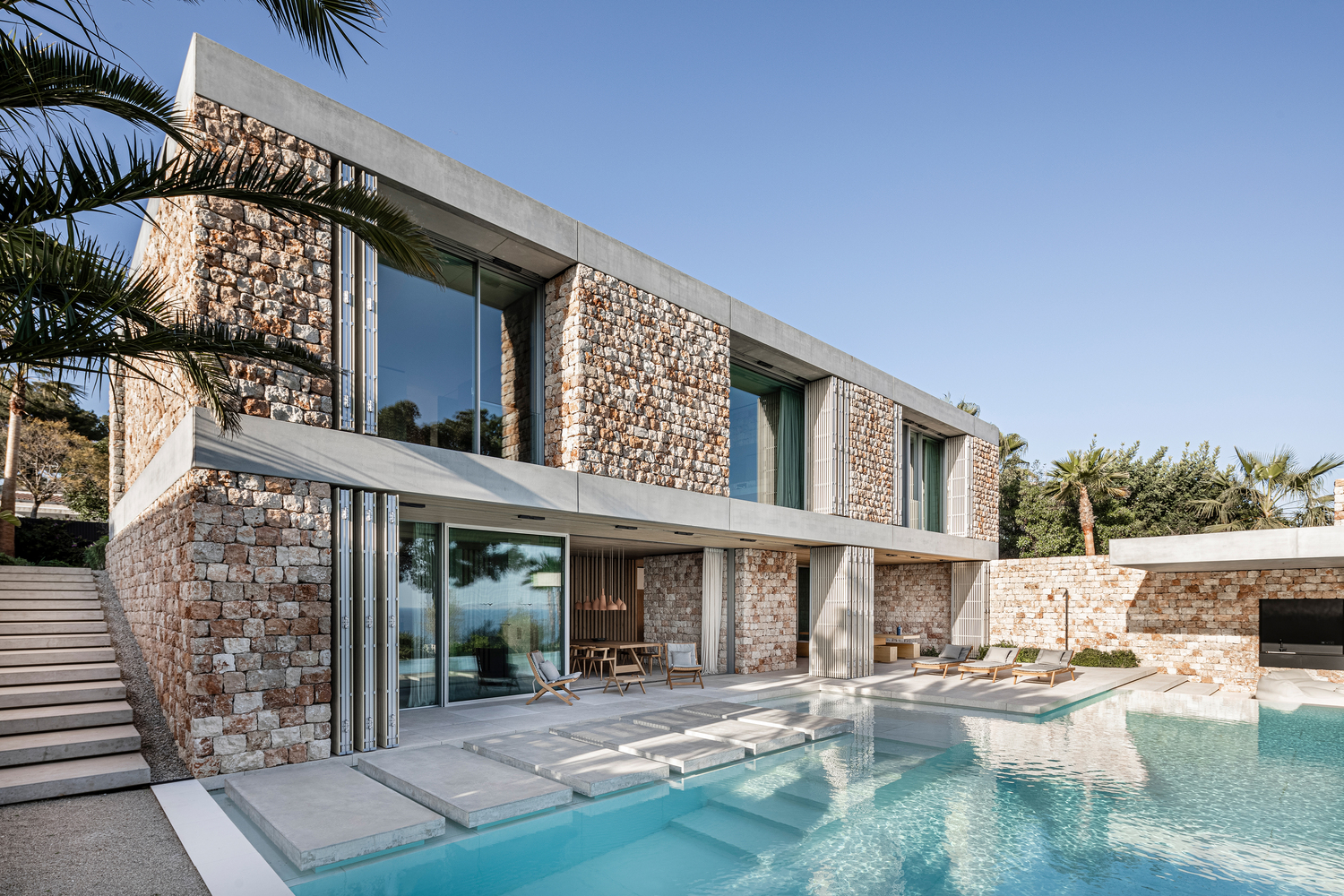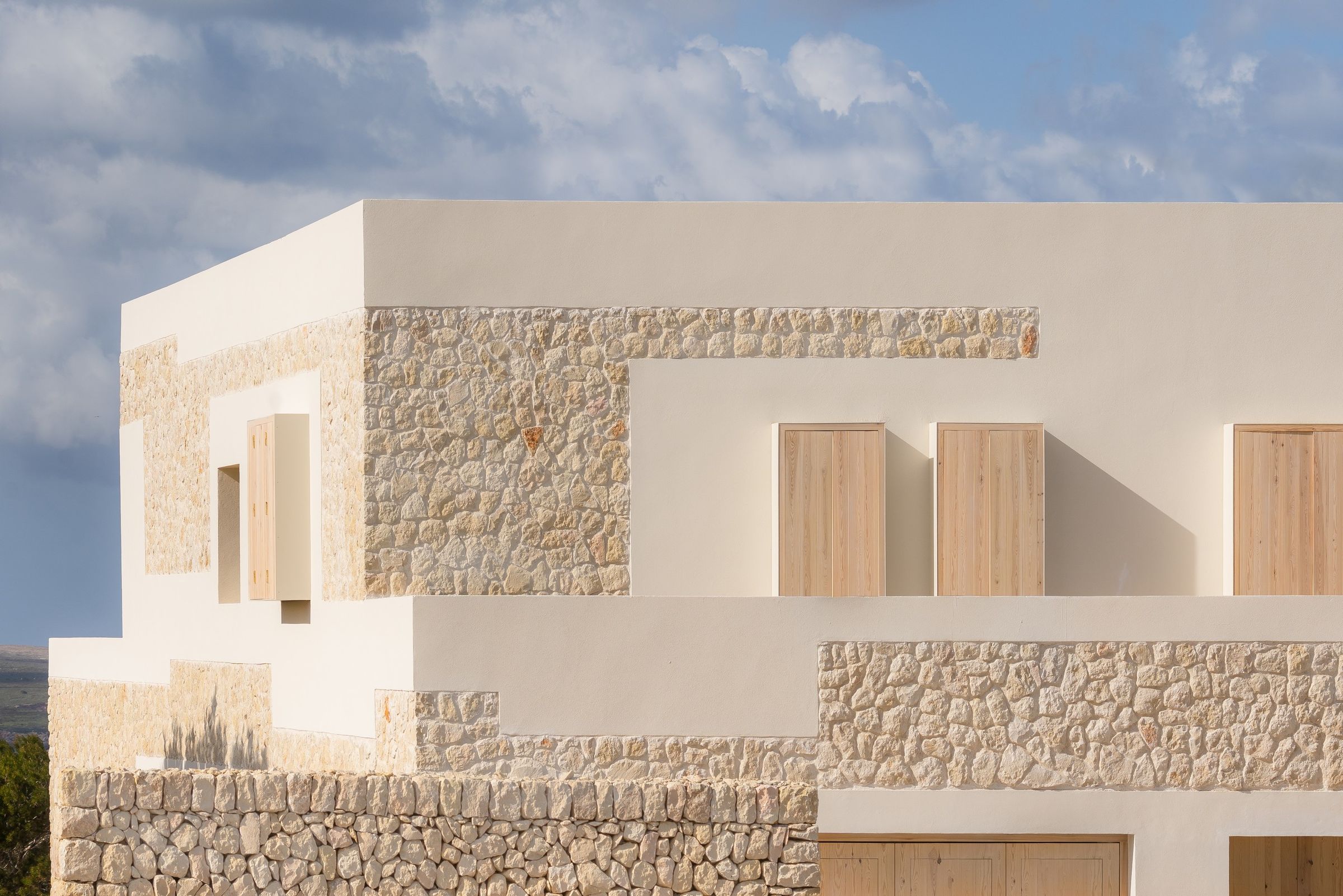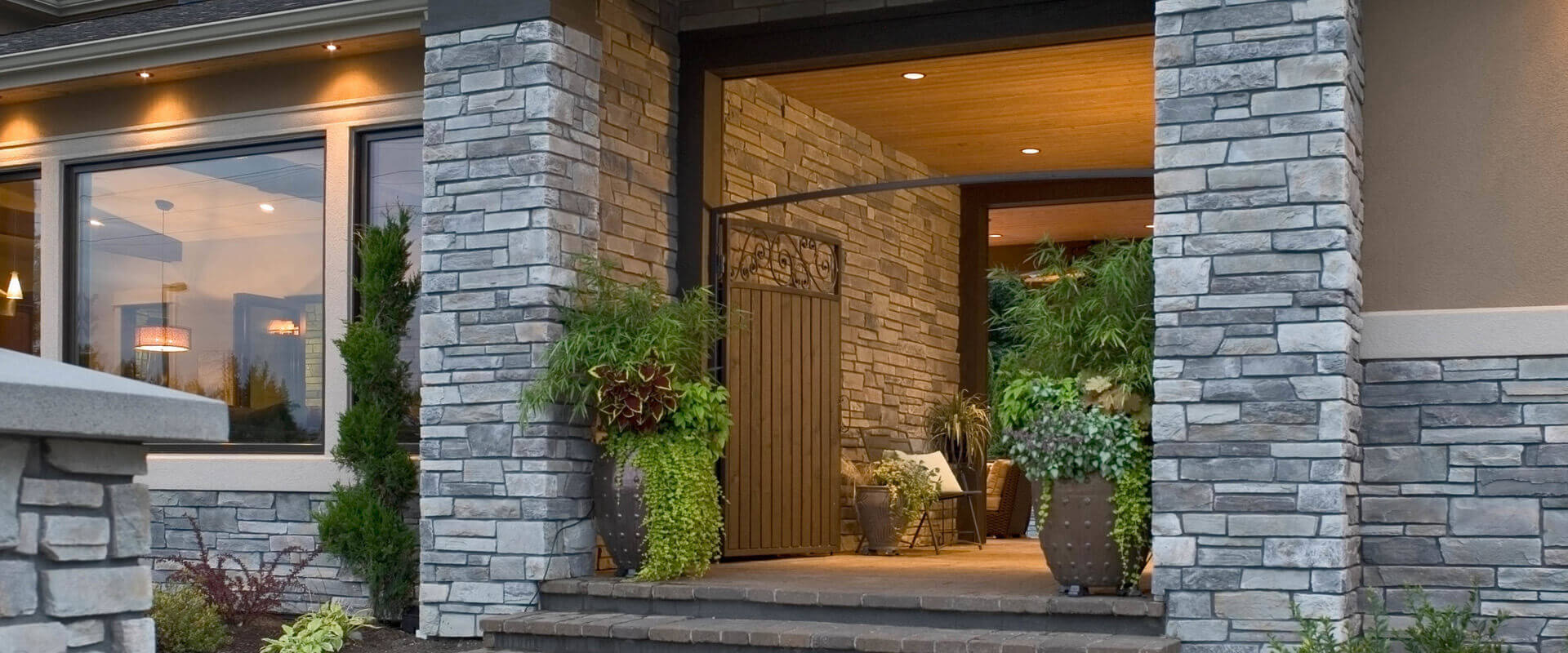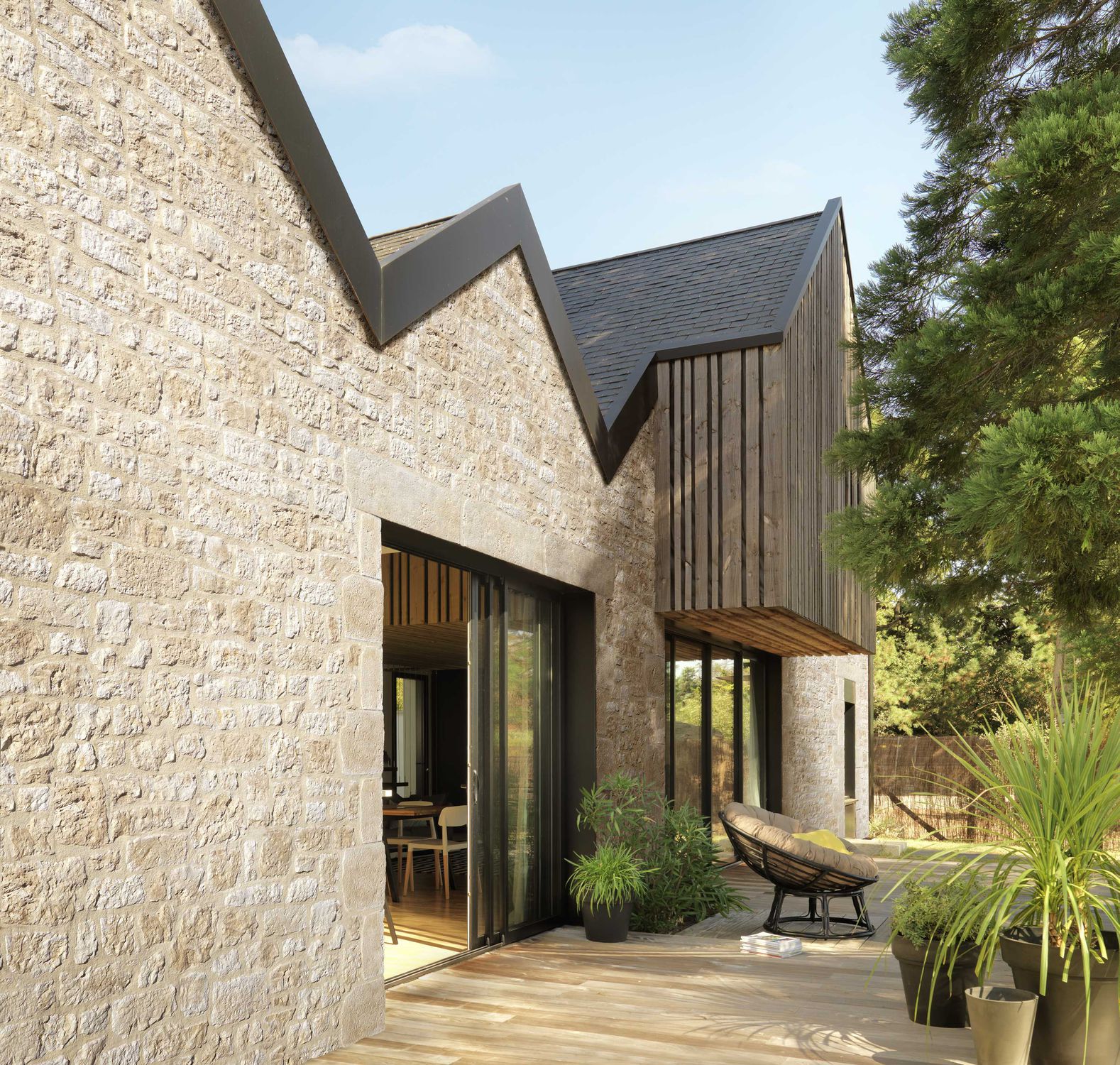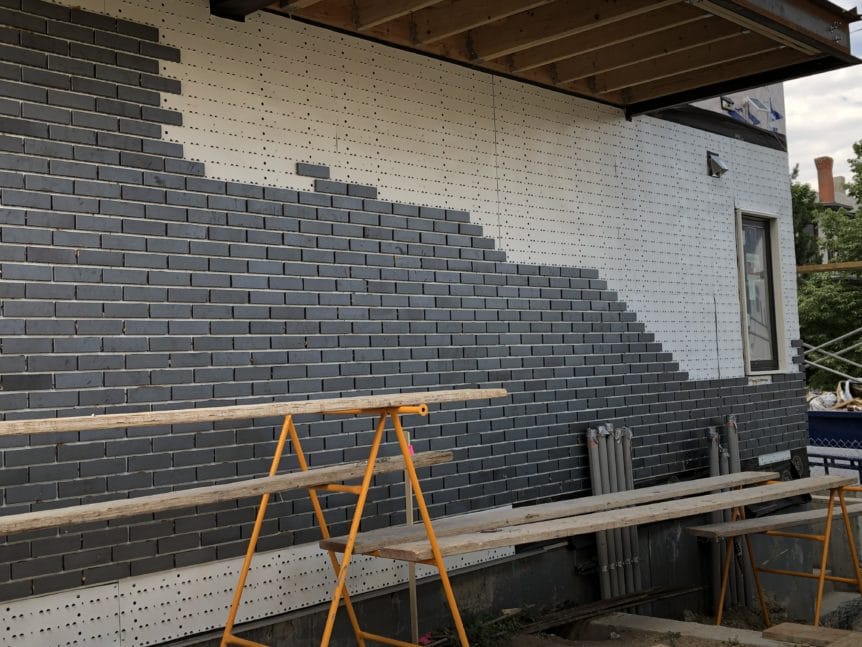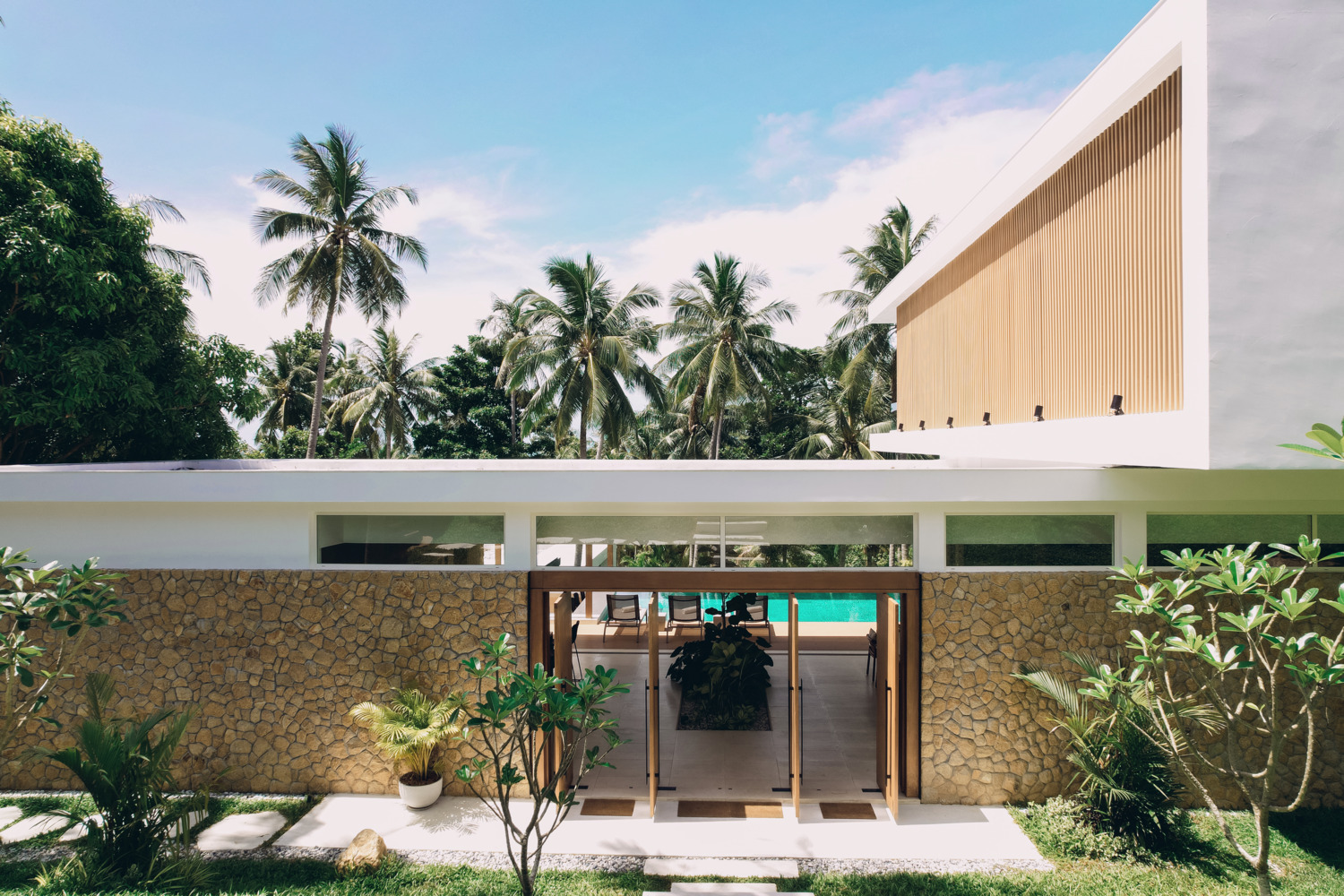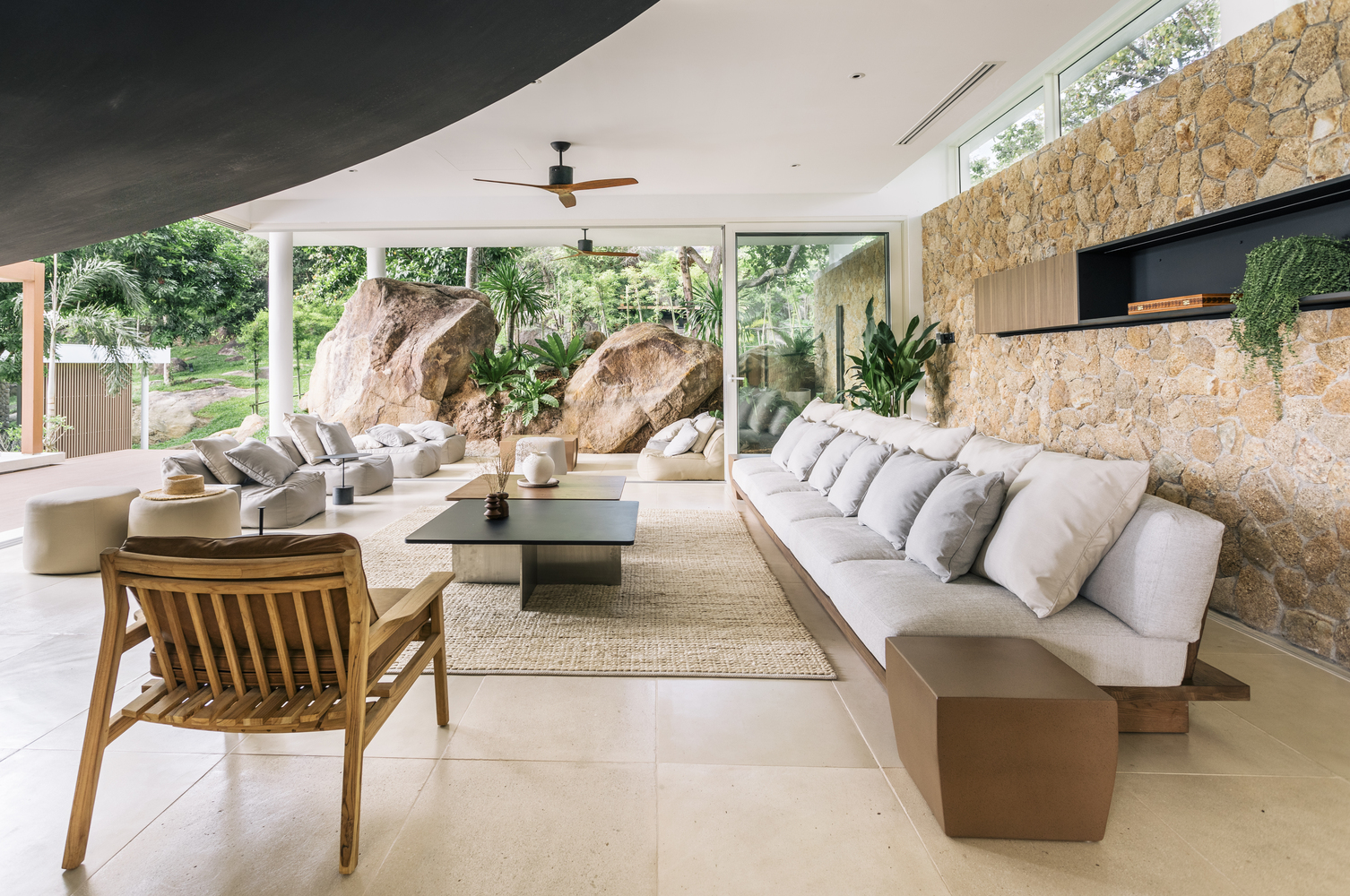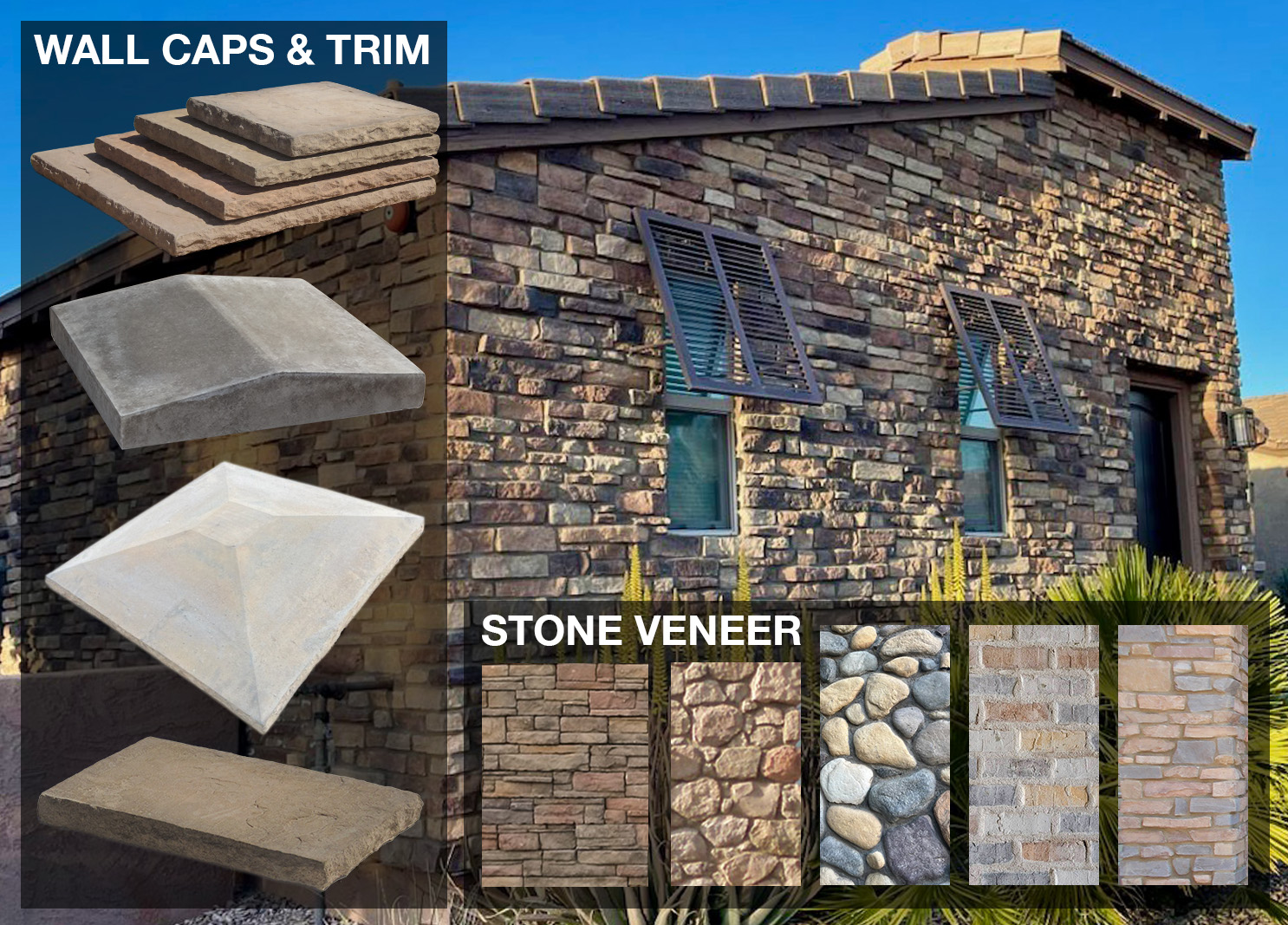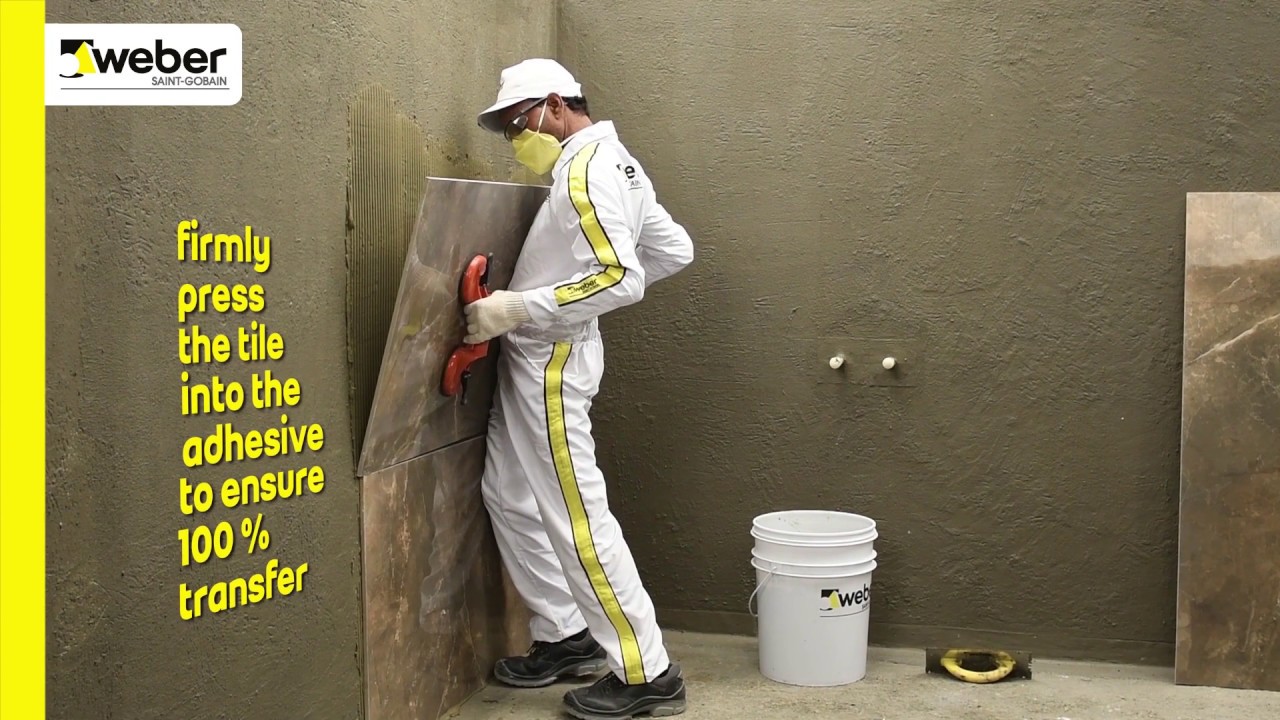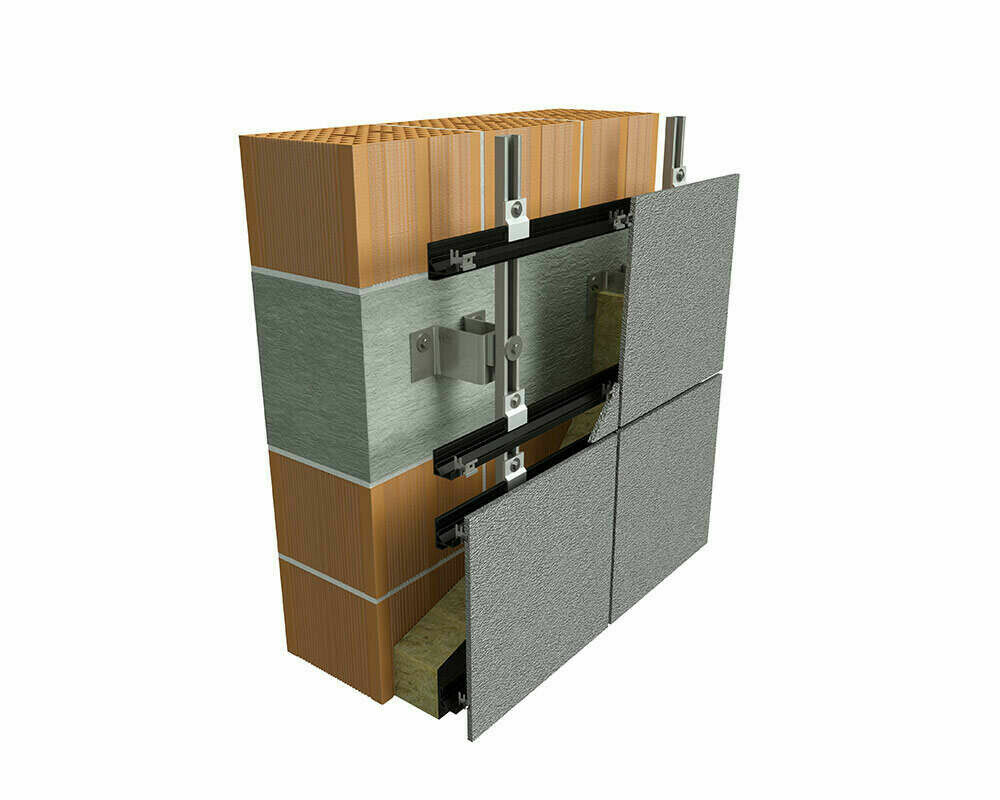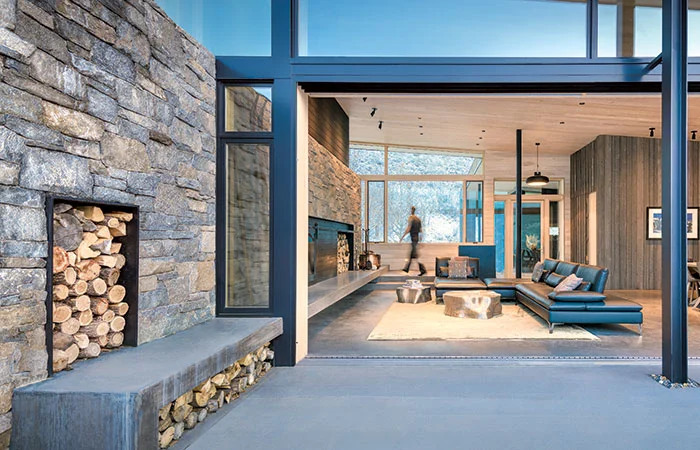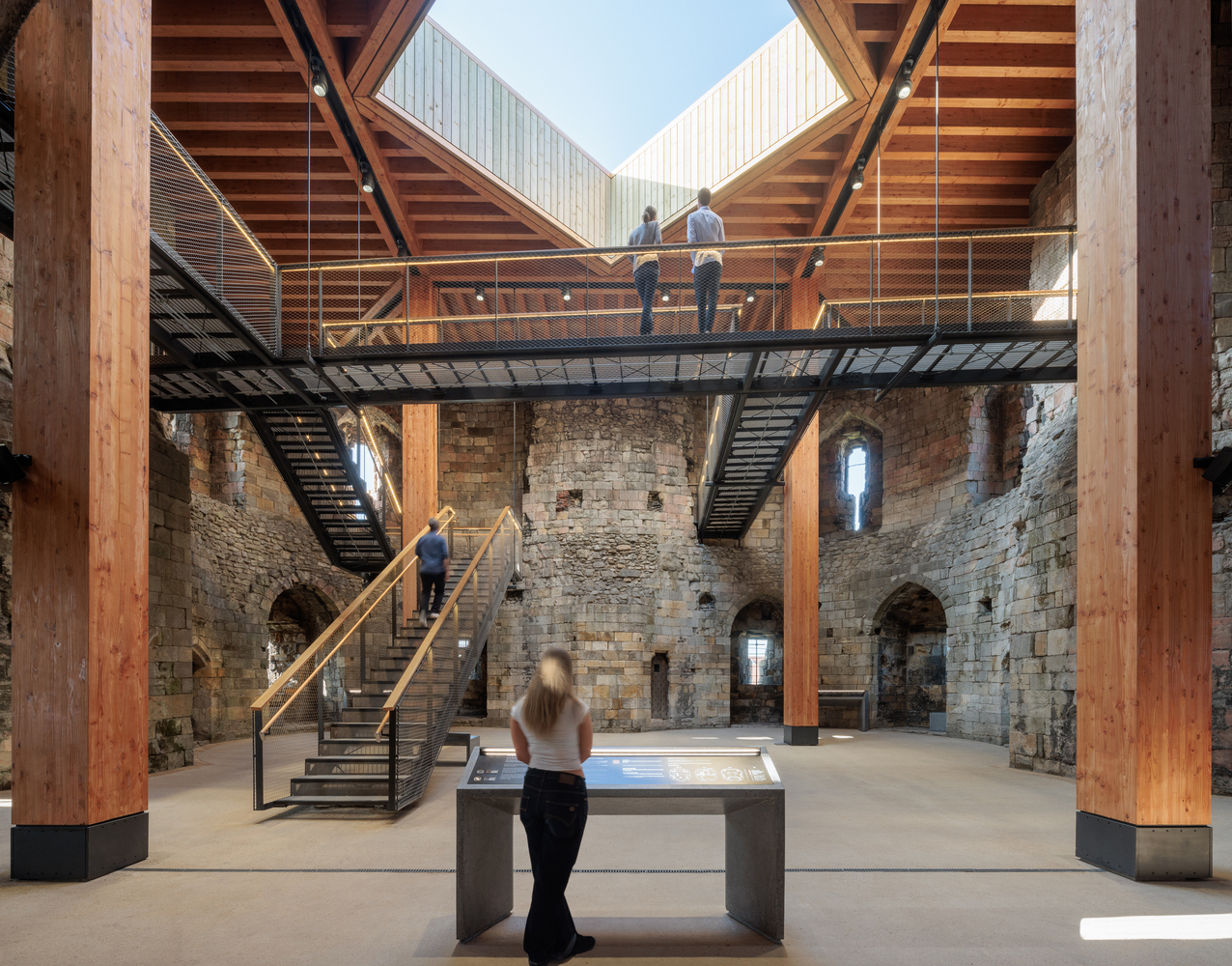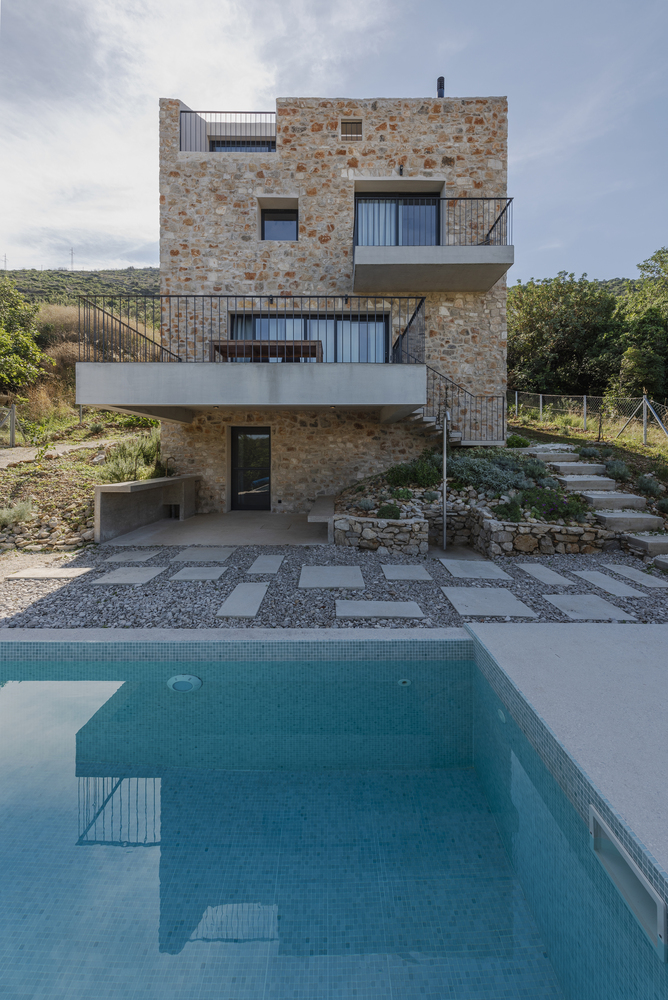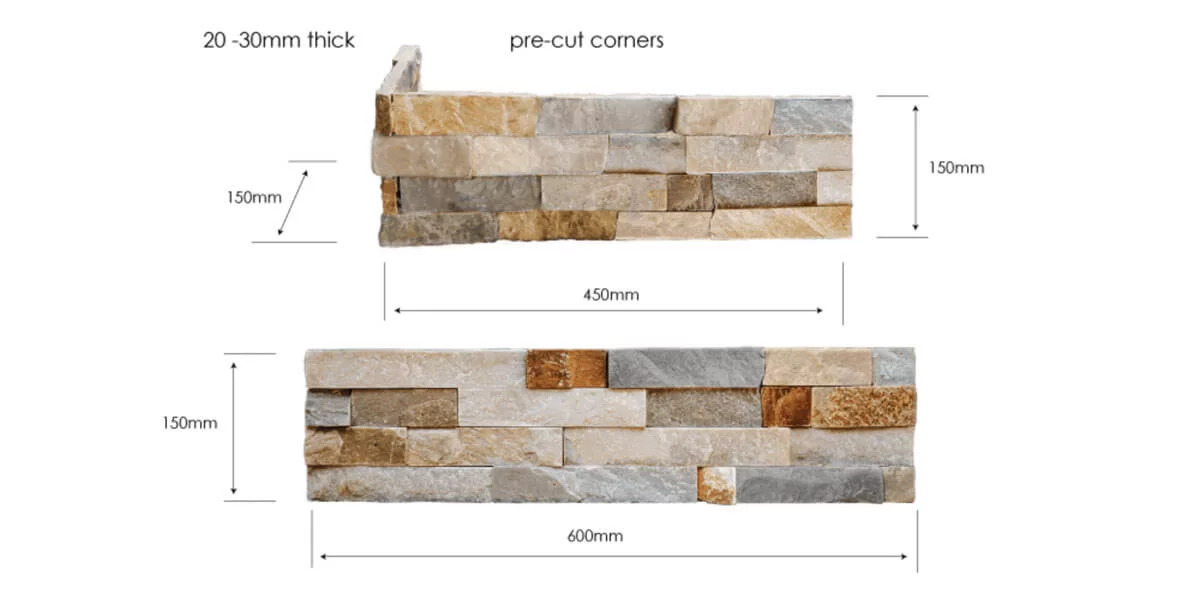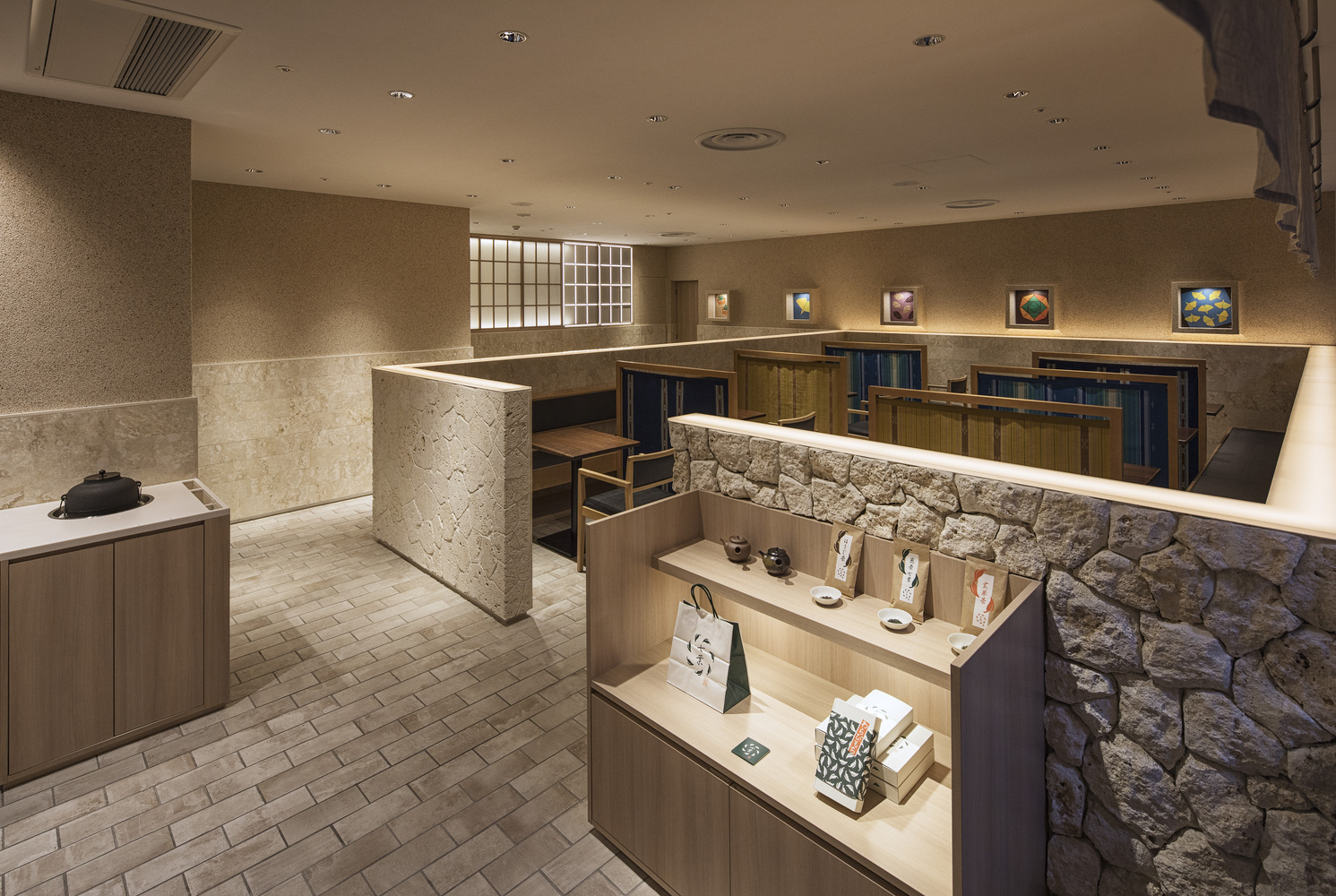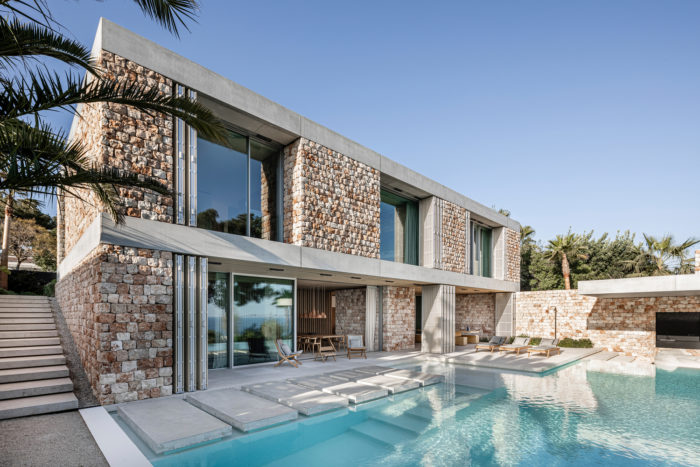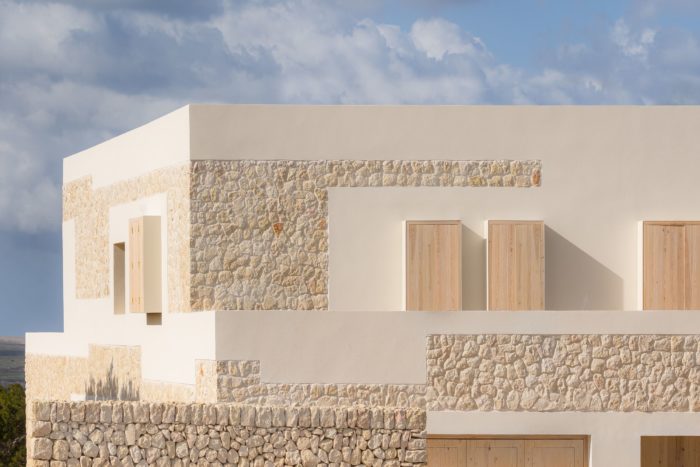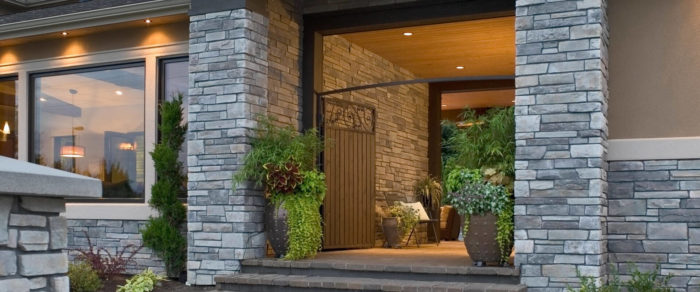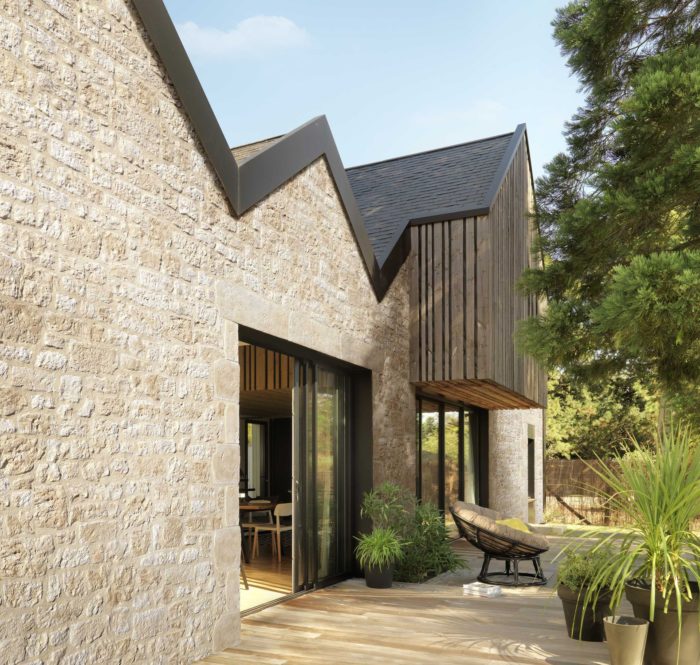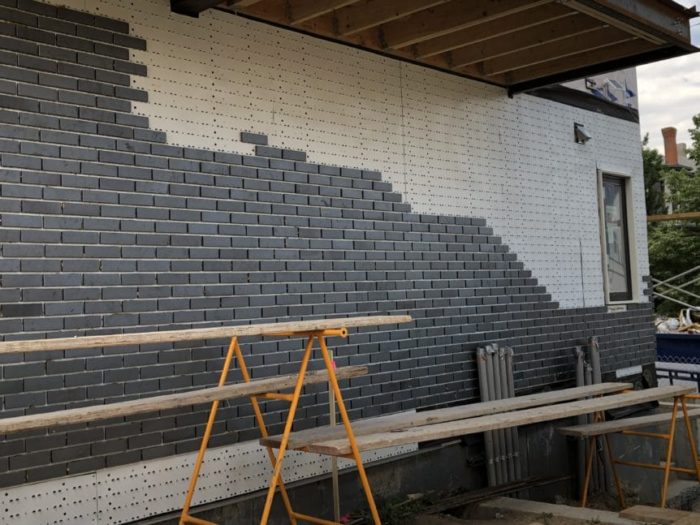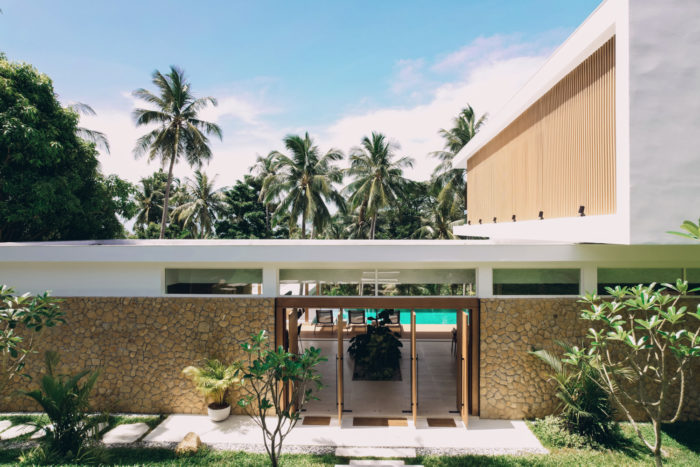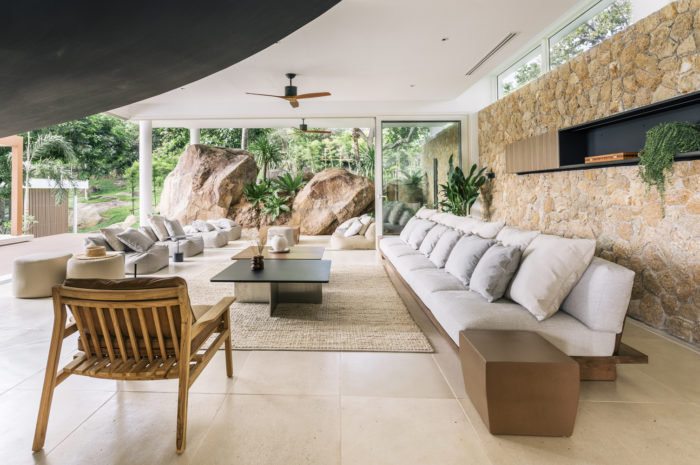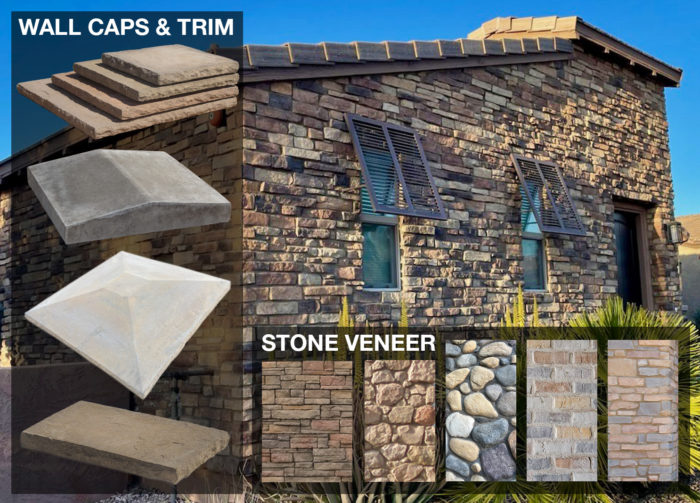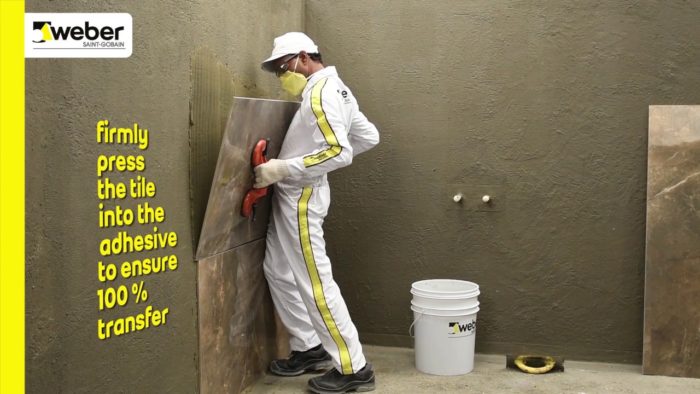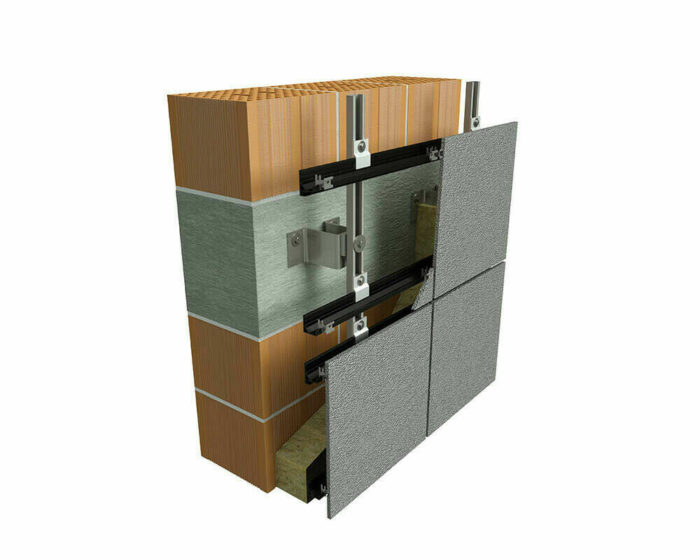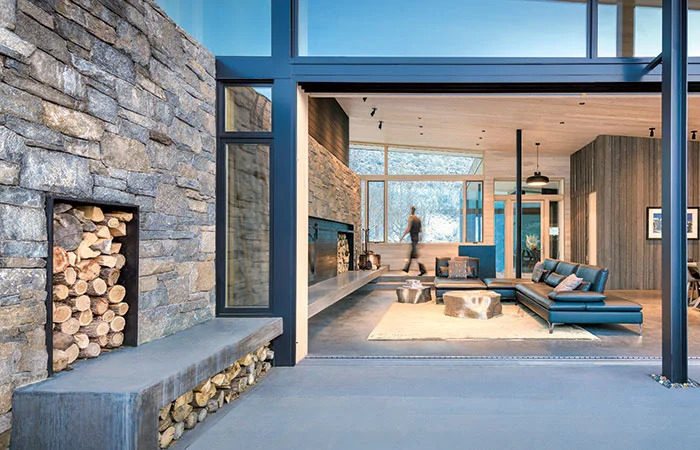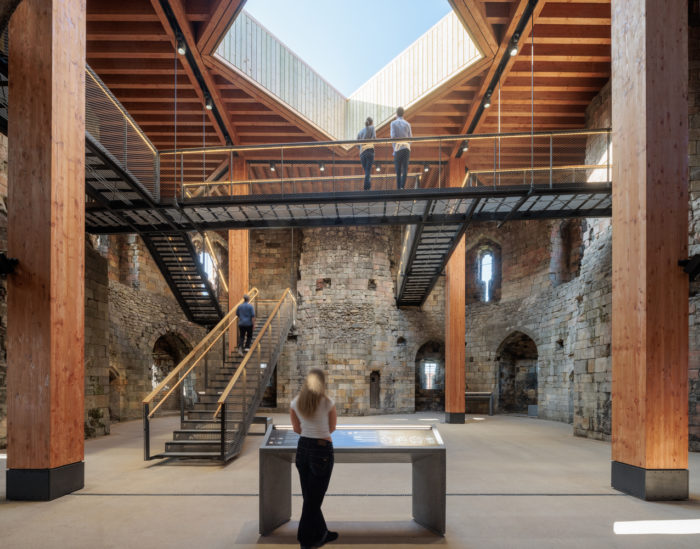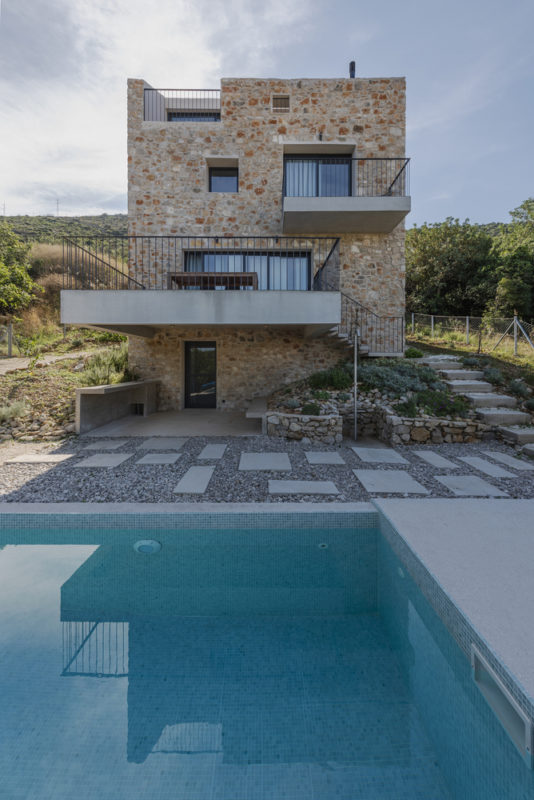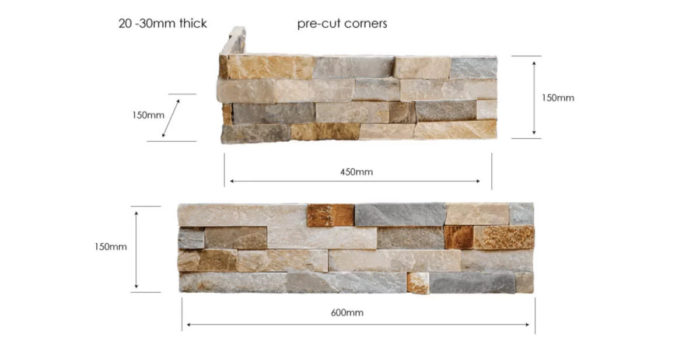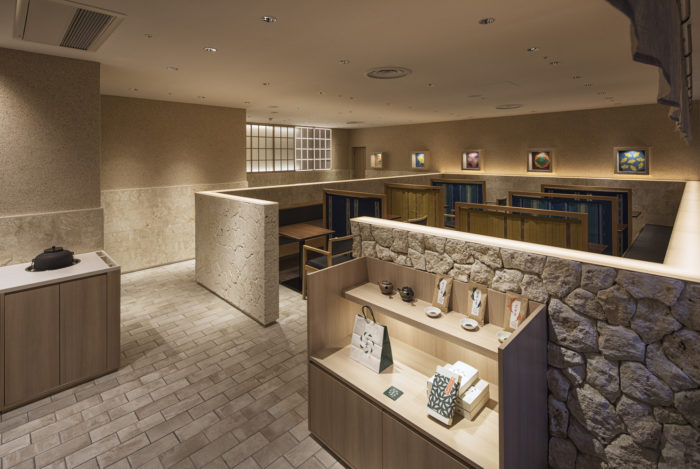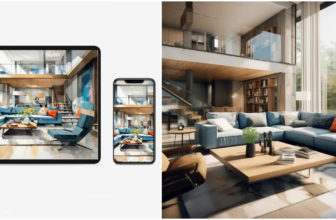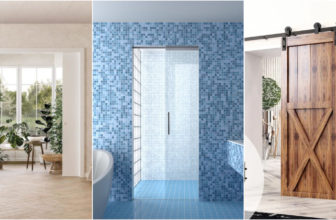Stone cladding has been a popular choice in architecture for centuries, providing durability and timeless aesthetics. Whether designing a residential home, a commercial space, or any other structure, exterior stone cladding can add character and value to your project. In this comprehensive guide, we will delve into the world of stone cladding, exploring its various types, benefits, installation techniques, and design considerations. Whether you’re a seasoned architect or a newcomer, this guide will equip you with the knowledge to make informed decisions when incorporating stone cladding into your designs.
What is a Stone Cladding?
Stone cladding, often called stone wall cladding, applies a layer of natural or engineered stone to the exterior or interior surfaces. This technique enhances the structure’s aesthetic appeal, structural integrity, and insulation properties. This cladding can be applied to entire façades, accent walls, or architectural elements like columns and arches.
What Are The Types of Stone Cladding?
When considering stone cladding for your architectural project, it’s essential to understand the various types available. Each type offers distinct characteristics influencing your design’s overall look and performance.
1) Natural Stone Cladding
This type involves using quarried stone that has not undergone significant alteration. Some popular choices for natural stone cladding include:
– Slate: Known for its elegant, rustic appearance, slate is often used for its earthy colors and textured surface.
– Granite: With its durability and variety of colors, granite is a timeless choice for stone cladding.
– Limestone: Limestone offers a soft, sophisticated appearance, making it suitable for traditional and contemporary designs.
– Sandstone: Sandstone is prized for its warm, golden hues and ability to create a welcoming atmosphere.
2) Engineered Stone Cladding
Engineered cladding is a versatile alternative to natural stone, offering consistent quality and design options. The key types for this category include:
– Cultured Stone: Also known as manufactured stone veneer, cultured stone replicates the appearance of natural stone with lightweight, cost-effective materials.
– Terracotta: Terracotta cladding provides a traditional, earthy look while benefiting from modern manufacturing techniques.
3) Brick Veneer
Though not technically stone, brick veneer is often included in discussions about cladding due to its similar applications and visual appeal. It involves attaching a layer of bricks to the exterior of a building, providing a classic and timeless appearance.
Also Read: Unveiling the Charm of Popular Brick Colors: A Colorful Journey.
Benefits of Stone Cladding
Before choosing stone cladding for your architectural project, it’s crucial to consider the numerous advantages it offers:
1) Aesthetic Appeal
Stone-clad adds a touch of elegance and sophistication to any building. It provides a timeless look that complements traditional and modern architectural styles. The natural variations in color and texture create a unique, eye-catching façade.
2) Durability and Longevity
One of the primary reasons architects opt for stone-clad is its durability. Stone can withstand harsh weather conditions, UV exposure, and temperature fluctuations without deteriorating, ensuring the longevity of the building’s exterior.
3) Low Maintenance
Stone cladding requires minimal maintenance compared to other materials. Periodic cleaning and inspections are typically all needed to keep it pristine. This low-maintenance feature is desirable to property owners.
4) Insulates Against Severe Climates
It not only enhances the aesthetics of your building but also offers excellent insulation for your home. Thanks to its natural components like silicate and calcium, stone cladding is well-suited for shielding your house from harsh weather conditions. Whether applied inside or outside, it can effectively protect against extreme heat, heavy rainfall, and frost damage.
5) Budget-Friendly
Stone cladding requires a higher upfront investment than less expensive materials and provides a cost-efficient alternative to constructing entire walls from solid stone. You can relish all the visual advantages without straining your budget.
Incorporating Stone Cladding Into Your Design
Successfully integrating stone cladding into your architectural design requires careful consideration and planning. Here are some essential steps and considerations for architects:
1) Design Intent
Start by defining your design intent. What message or feeling do you want the stone cladding to convey? Is it meant to blend seamlessly with the surrounding environment or create a bold contrast? Understanding your design goals will guide your stone selection and installation choices.
2) Stone Selection
Choose the type of stone that aligns with your design intent and meets the project’s functional requirements. Consider factors such as color, texture, size, and shape. Natural stone cladding can create a more rustic appearance, while engineered stone offers more design consistency.
3) Budget
Evaluate the project’s budget constraints and select stone cladding options that align with your financial parameters. While natural stone may be more expensive upfront, it can provide long-term savings due to its durability and low maintenance requirements.
4) Installation Methods
Select the appropriate installation method based on the stone type and project requirements. Common installation methods include:
– Adhesive Fixing: This method involves applying adhesive directly to the back of the stone and affixing it to the substrate. It’s suitable for lightweight stone and engineered stone cladding.
– Mechanical Fixing: Mechanical fixing uses anchors, brackets, or support systems to secure the stone panels to the building’s structure. It’s ideal for heavier natural stone cladding.
5) Substrate Preparation
Ensure the building’s substrate is adequately prepared to support the weight of the stone cladding and provide a stable surface for installation. Any existing coatings or contaminants should be removed, and the substrate should be level and structurally sound.
6) Weather Considerations
Consider the local climate when designing stone cladding systems. Different regions experience varying levels of moisture, temperature fluctuations, and wind. Properly designed cladding systems should account for these factors to prevent water infiltration, thermal bridging, and other potential issues.
7) Maintenance Plan
Develop a maintenance plan that outlines regular cleaning and inspection procedures. Stone cladding can last for decades, but proper care is essential to maintain its appearance and performance.
Installation Techniques
Proper installation is critical to the success of your stone cladding project. The process may vary depending on the type of stone and the chosen installation method. However, here is a general overview of the steps involved:
1) Surface Preparation
– Clean the Substrate: Remove any dirt, dust, or contaminants from the building’s substrate.
– Check for Structural Soundness: Ensure that the substrate is stable and capable of supporting the weight of the stone cladding.
– Apply a Moisture Barrier: Install a moisture barrier to protect against water infiltration.
2) Layout and Design
– Plan the Stone Layout: Determine the layout and pattern of the stone panels to achieve the desired aesthetic.
– Allow for Expansion Joints: Incorporate expansion joints to accommodate temperature-related expansion and contraction.
3) Stone Installation
– Apply Adhesive (for adhesive fixing): If using adhesive fixing, apply the adhesive to the back of each stone panel and press it onto the substrate.
– Secure with Mechanical Fasteners (for mechanical fixing)**: If using mechanical fixing, attach the stone panels to the substrate using appropriate anchors or brackets.
– Check Alignment and Leveling: Ensure each stone panel is properly aligned and leveled.
– Grout and Seal Joints: Fill the joints between stone panels with grout and seal them to prevent moisture infiltration.
4) Finishing Touches
– Clean the Stone Surface: Clean the surface after installation to remove adhesive residue or grout stains.
– Inspect for Defects: Conduct a thorough inspection to identify any defects or issues that need correction.
Design Considerations
When designing with stone cladding, several factors must be considered to achieve a cohesive and visually appealing result:
1) Color and Texture
The color and texture of the stone can significantly impact the overall appearance of the building. Consider how the stone’s hues and surface characteristics will interact with other elements in the design.
2) Compatibility with Surroundings
Ensure that the choice of stone cladding harmonizes with the building’s surroundings. It should complement the natural environment or urban context while standing out in a visually pleasing way.
3) Scale and Proportion
Pay attention to the scale and proportion of the stone panels. The size and layout of the stones should align with the building’s overall ranking and architectural style.
4) Maintenance
Consider the long-term maintenance requirements of the stone cladding. Some types of stone may require more frequent cleaning or sealing than others.
5) Lighting
Lighting can enhance the visual impact of stone cladding. Plan for appropriate lighting fixtures to highlight the texture and beauty of the stone during the day and night.
Final Thoughts
Stone cladding is a versatile and timeless choice for architects looking to enhance the aesthetics and durability of their projects. Whether you opt for natural stone cladding or an engineered alternative, understanding the installation techniques, design considerations, and maintenance requirements is essential for success. By carefully planning your cladding project and selecting suitable materials, you can create buildings that stand the test of time and leave a lasting impression on those who encounter them. So, stone cladding can be the perfect solution to elevate your architectural masterpiece, whether designing a cozy cottage or a modern skyscraper.
Incorporating stone cladding is a decision that not only adds value to the building but also connects it with the timeless beauty of nature. As architects, it’s our responsibility to make choices that serve a structure’s functional needs and enhance its visual and emotional appeal. Stone cladding achieves just that, making it a classic choice that continues to grace the façades of buildings worldwide.
